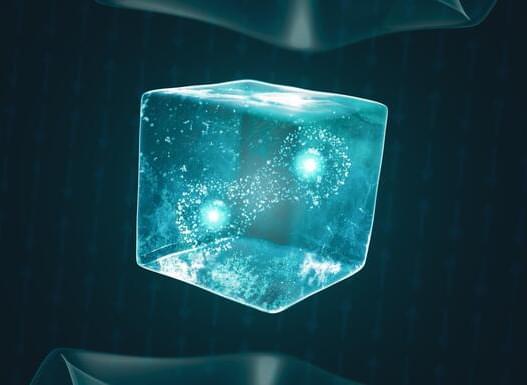To make quantum computing succeed, we need to step back from the unseemly rush towards hype and stock-price boosts that has characterized other new markets.



During the Cold War Era of the 1960s, Russian researchers were looking for ways to support the immune system in conditions running the gamut from cancer to bio-warfare agents. Eastern Europeans, with a cultural love of fermented milk products, logically looked to probiotics, or lactobacillus, for immune support because it was safe, cheap and effective.
A Bulgarian researcher and medical doctor, Dr. Ivan Bogdanov, researched lactobacillus bacteria in the 1960s. Bogdanov believed that specific strains of probiotics could have anti-tumor properties.
The doctor’s research team injected mice with a sarcoma cancer, then administered a crude mixture of cell fragments from a strain of Lactobacillus delbrukii. Bogdanov observed that the cancer disappeared within a few days. Subsequently, researchers attempted to re-grow cancer in the same mice, but without success — the mice seemed immune to the cancer cells.

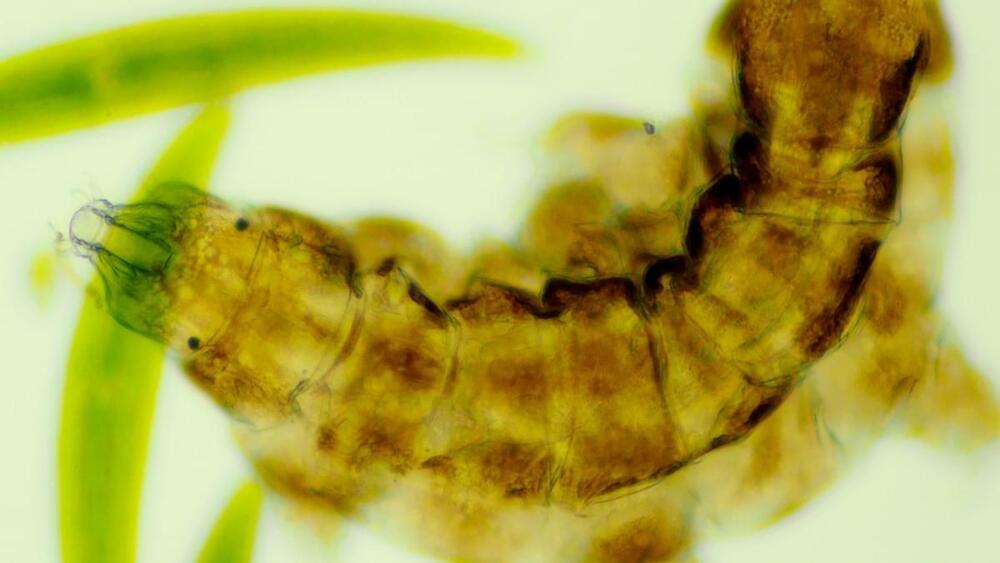

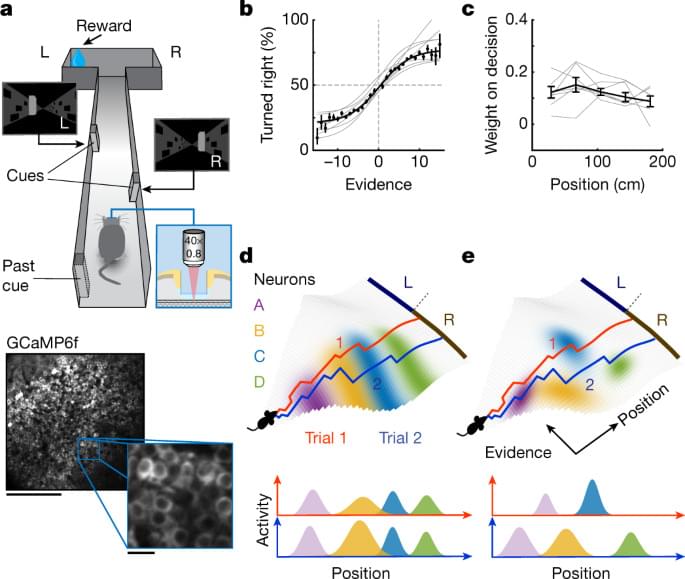
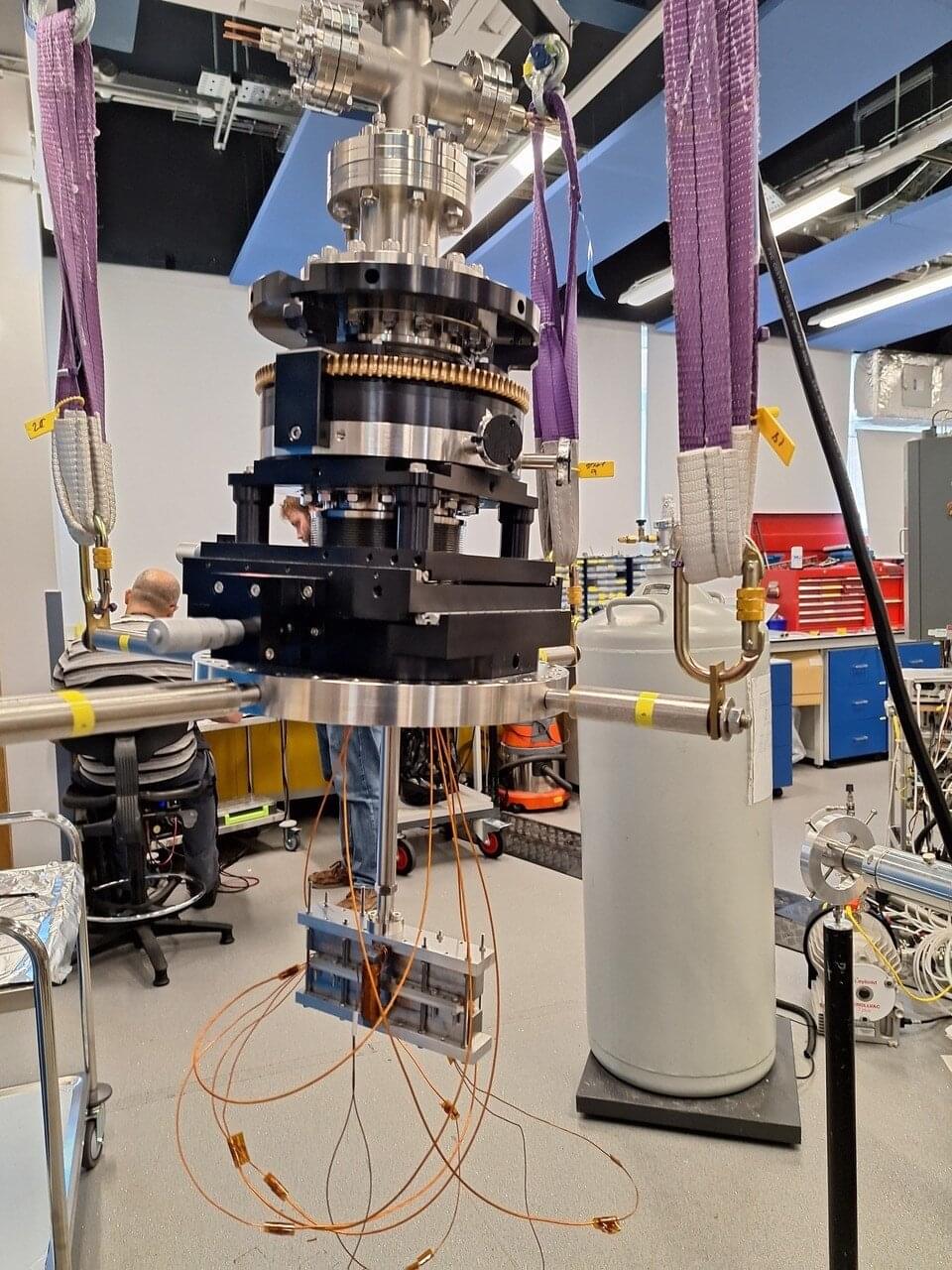
Microscope images could be obtained much more quickly—rather than one pixel at a time—thanks to a new imaging method for neutral atomic beam microscopes developed by Swansea University researchers. It could ultimately lead to engineers and scientists getting faster results when they are scanning samples.
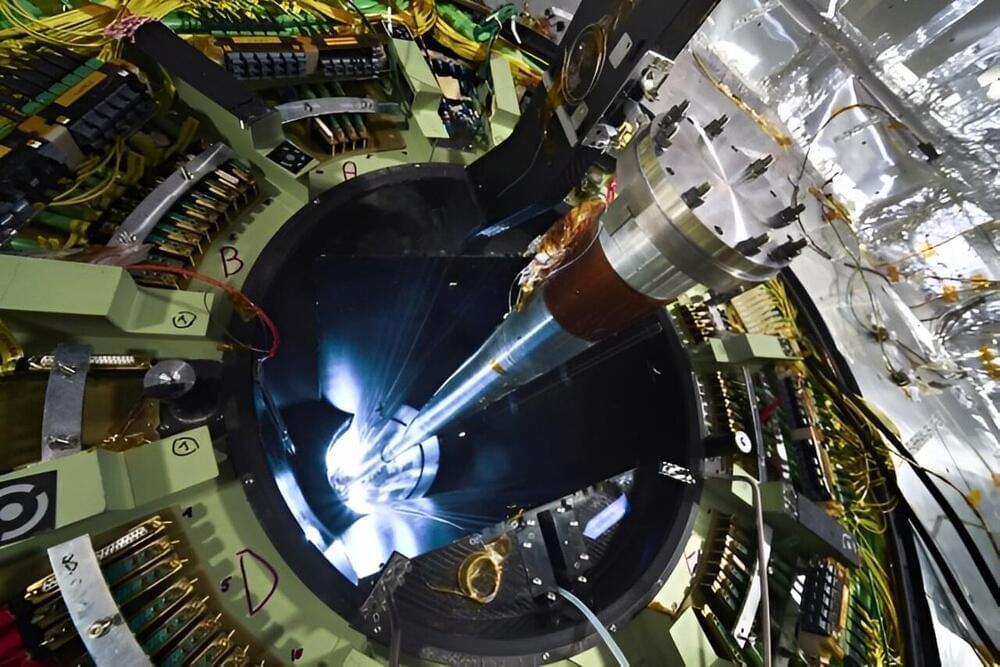
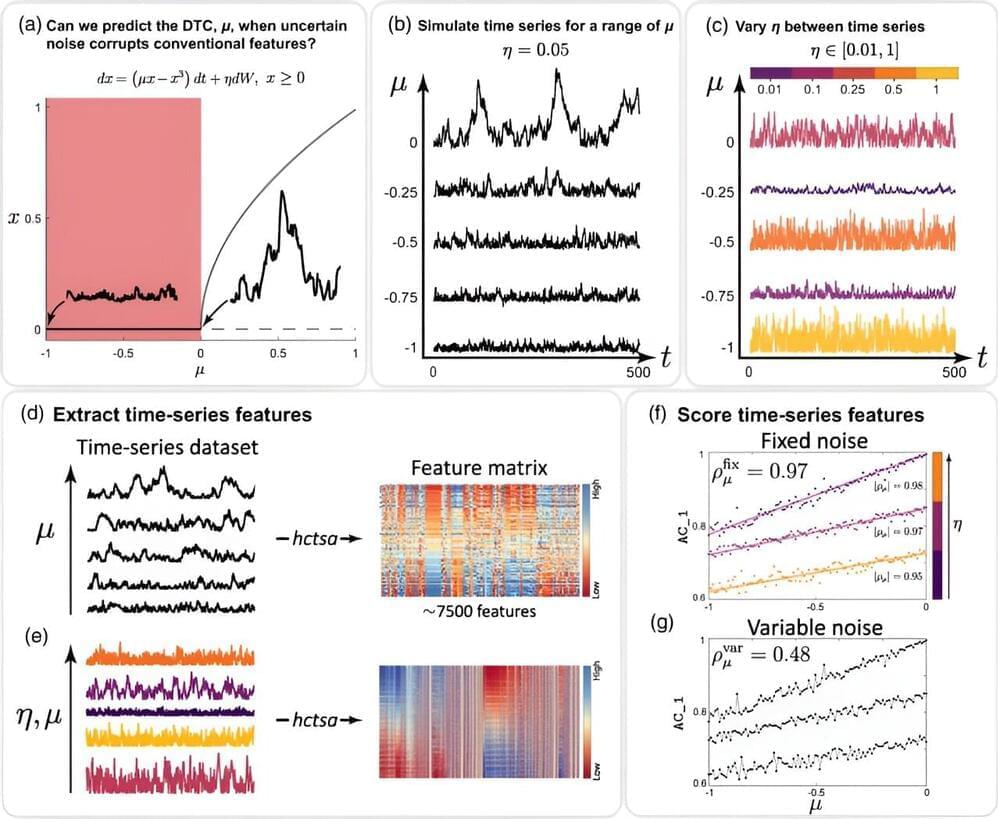
According to the infamous myth, groups of lemmings sometimes run off cliffs to their collective doom. Imagine you are one of these rodents: On a sunny day you join your companions in a joyous climb up a mountain beneath clear skies, traipsing across grass and dirt and rock, glad to be among friends, until suddenly you plunge through the brisk air and all goes black.
